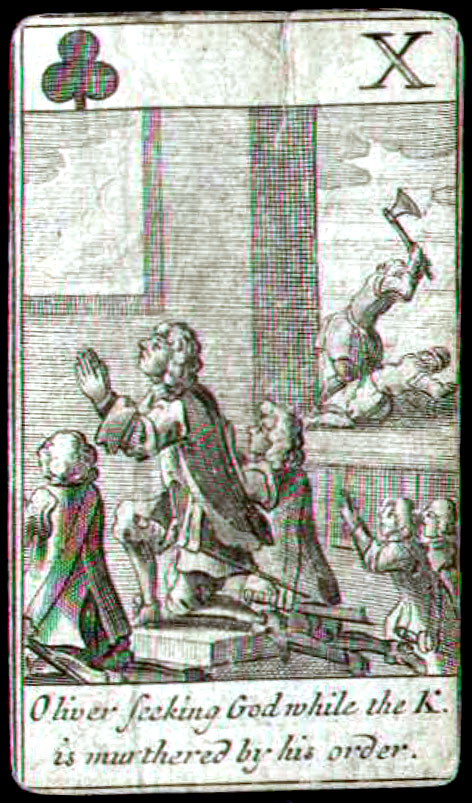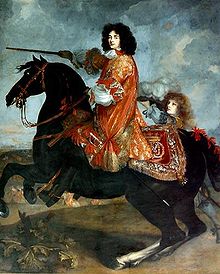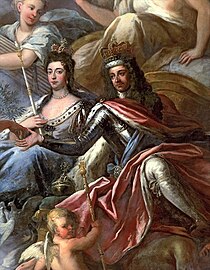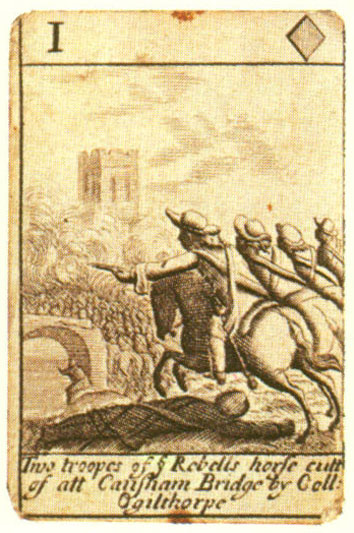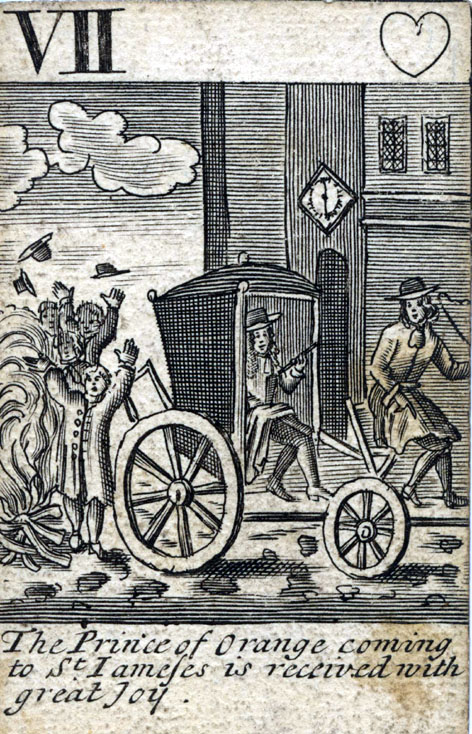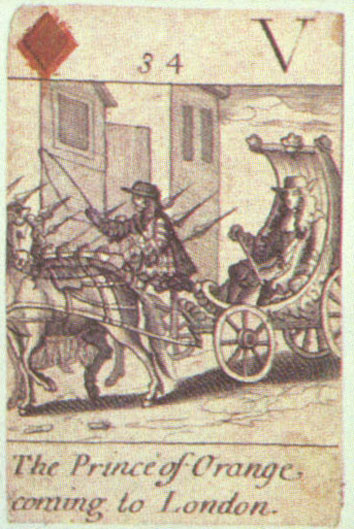Mary said "Faith" cause this picture in the Arena Chapel in Padova by Giotto ...
Fides = Faith ... which indeed has similarity to Popess in the Pierpont-Morgan-Bergamo deck.
The picture is earlier than Tarot.
Not Mary but I say, that Tarot developed with an influence of Chess. Also I say, that Tarot had in the beginning other numbers of trumps, not 22. Some of the early versions had 16 trumps and that's definitely proven by the Michelino deck and suspected for two other decks at least.
Chess has King - Queen - Bishop - Bishop ... at least in some versions of chess (also chess hadn't always the same figures).
As Kings and Queens were already in the card deck, the Triumph-idea had been to top the Kings with an Emperor ... and, somehow naturally, the Queens with an Empress. What now do with the bishops? The bishop is weaker than the Pope, so the Pope is the triumph - this is a good "advanced bishop".
Now, if the King-Emperor had a female counterpart, the pope also needn't one: So the Popess, just for reasons of the "right balance".
One could justify this: this figure stands for the church for instance.
Naturally this wasn't everywhere accepted.
Florence, nearer to Rome and papal influence, saw the conflict, and took no Empress and Popess in their deck. Finally, in the Minchiate, they hadn't even a pope.
The older "game figures" were in any case chess figures, not figures at Tarot cards.
Chess during 14th century was a dominating theme in Western literature, playing cards was new media, starting with small beginnings. Chess had been behind the dominating religious themes the 2nd place at the bestseller list of 14th century.
An orientation of new playing card motifs towards chess is simply logical.
Filippo Maria Visconti had an own chess club installed in 1427.
The Cathars in Southern France are not under suspicion to have taught or invented chess.
Often there was a prohibition for clerics to play chess. It was an activity for knights and nobility during 13th century, during 14th century also the citizens started to play it. At begin of 15th century it started to be allowed also for clerics.





